ASRock Z690 PG Riptide 12th Gen ATX Motherboard
ASRock Z690 PG Riptide motherboard supports 12th Gen Intel Core Processors (LGA1700), 13 Phase Dr.MOS Power Design, DDR4 4800MHz (OC). This Motherboard featured with 1 PCIe 5.0 x16, 1 PCIe 4.0 x16, 3 PCIe 3.0 x1, 1 M.2 Key-E for WiFi, Graphics Output Options: HDMI, Realtek ALC897 7.1 CH HD Audio Codec, Nahimic Audio, 8 SATA3, 2 Hyper M.2 (PCIe Gen4 x4). This ASRock motherboard also has 1 Ultra M.2 (PCIe Gen3 x4 & SATA3), 1 USB 3.2 Gen2x2 Rear Type-C, 2 USB 3.2 Gen2 (Rear), 1 USB 3.2 Gen1 Front Type-C, 6 USB 3.2 Gen1 (2 Rear, 4 Front), Killer E3100 2.5G LAN, Lightning Gaming Ports. The latest PCI Express 5.0 is capable to perform a breathtaking bandwidth of 128GBps, ready to unleash the full potential of future high-end graphic cards.
Killer Ethernet E3100
In this motherboard, the Killer E3100 2.5 Gbps Ethernet controller is designed specifically for competitive gamers and performance-hungry users. The enhanced detection and prioritization engine provide the ultimate networking experience for gaming and multimedia applications.
Nahimic Audio
This motherboard featured comes with via USB, Wi-Fi, analog output or even HDMI, Nahimic Audio, that offers you the most engaging listening experience, vibrant and rich with details.
Lightning Gaming Ports
The ASRock Z690 PG Riptide has Lightning Gaming Ports. These Lightning Gaming Ports are sourced from two different controller interfaces that assist gamers in connecting the high-speed mice/ keyboard with the lower jitter and latency.
POLYCHROME RGB
In this ASRock 12th Gen motherboard, the built-in RGB illumination, it also features onboard RGB headers and an addressable RGB header that allow the motherboard to be connected to compatible LED devices such as strip, CPU fans, coolers, chassis and so on. Users may also synchronize RGB LED devices across the Polychrome RGB Sync-certified accessories to create their own unique lighting effects also
This ASRock Z690 PG Riptide motherboard is capable of accommodating multiple M.2 storage devices, one of which can support PCI Express 4.0 M.2 SSD. This 12th Gen ASRock motherboard is also capable of performing twice the speed compared to the previous 3rd generation, giving a lightning-fast data transferring experience. The latest ASRock Z690 PG Riptide Motherboard
ASRock Z690 PG Riptide Review
If you’ve been put off an Alder Lake upgrade by the eye-watering prices of Z690 motherboards, then the cheapest example in this month’s Labs test costs £, which is certainly far cheaper than most examples we’ve seen. However, ASRock has had to cut back the Z690 PG Riptide’s features significantly to hit this price. Read our Asrock Z690 Pg Riptide Review. It’s a reasonable-looking board, but the Gigabyte Z690 Gaming X is certainly more attractive. The latter has a large array of M.2 heatsinks, while the ASRock board only has one. Our PCI-E 4 SSD ran noticeably cooler in the Gigabyte board too, thanks to its larger heatsinks, peaking at 53°C instead of instead of the ASRock’s 60°C. The VRMs were cooler too, at 55°C compared to 59°C for the ASRock board. For us, though, the biggest difference is the lack of an integrated I/O shield. You’ll have to play Russian roulette with your fingers to get the Z690 PG Riptide into the back of your case, while the Gigabyte Z690 Gaming X includes an integrated shield for just a little more money. Both boards lack Wi-Fi, but have PCI-E 4 M.2 ports and 16x PCI-E 5 slots, and are also equipped with six 4-pin fan headers, plus both 3-pin digital and standard 4-pin RGB headers.
It’s another win to Gigabyte in terms of USB ports, though, with an impressive count of nine Type-A ports, trumping the ASRock board by three ports. Should you wish to use integrated graphics, you get both HDMI and DisplayPort connections on the Gigabyte Z690 Gaming X, while the Z690 PG Riptide only has the former. Both boards are equipped with their own versions of USB BIOS FlashBack, but the ASRock board has an extra advantage by including a clear-CMOS button, as well as the full complement of audio outputs.
Gigabyte’s software is also a little easier to use, though, and more granular. While neither board has thermal probe inputs, the Gigabyte board does at least allow you to pick from various temperature inputs to control your case fans – not just the CPU. Audio performance was a little disappointing as well, with the ASRock using the dated Realtek ALC897 codec, resulting in a -94dBA noise level and 94dBA dynamic range.
Despite the Gigabyte board having a more elaborate 16+1+2 power phase design than the ASRock, the Z690 PG Riptide’s 13 phases still coped fine with our overclocked Core i5-12600K, achieving the usual 5GHz on the P-Cores and 4GHz on the E-Cores with a vcore of 1.36 V. This saw the video encoding score rise from 759,888 to 834,121 and the Far Cry 6 minimum 99th percentile from 96fps to 104fps. The load system power draw also rose from 248W to 297W, although the CPU was still fairly easy to cool.
Be the first to review “ASRock Z690 PG Riptide 12th Gen ATX Motherboard” Cancel reply
Related products
Components
Components




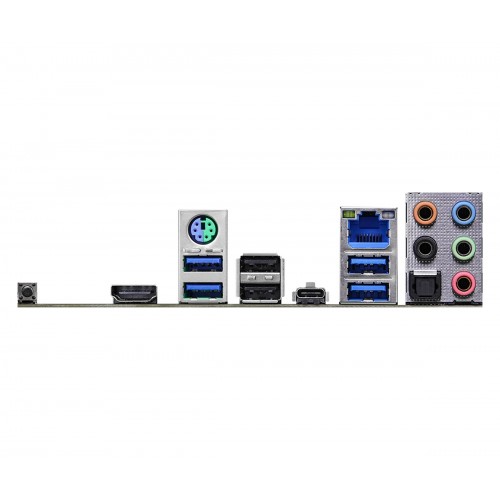
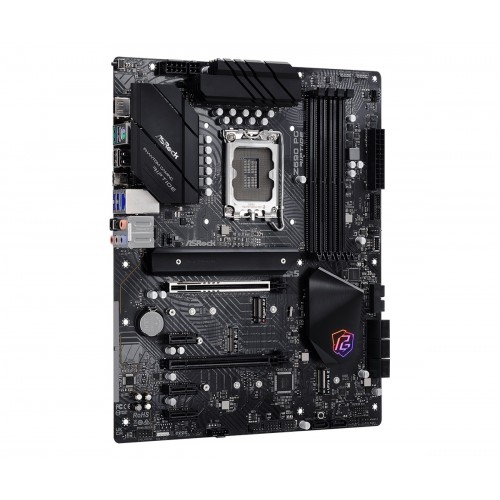
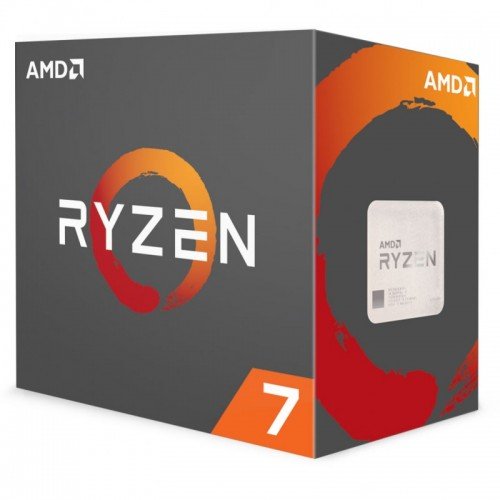
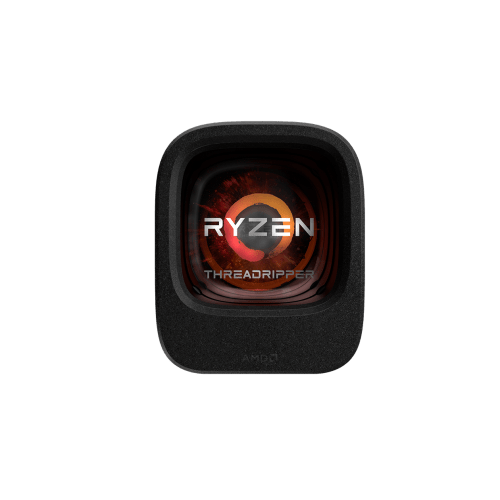
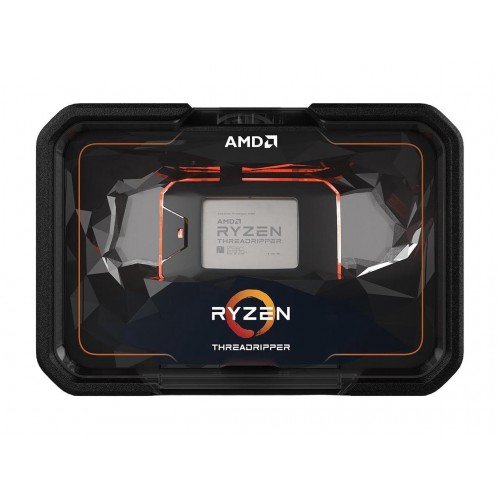
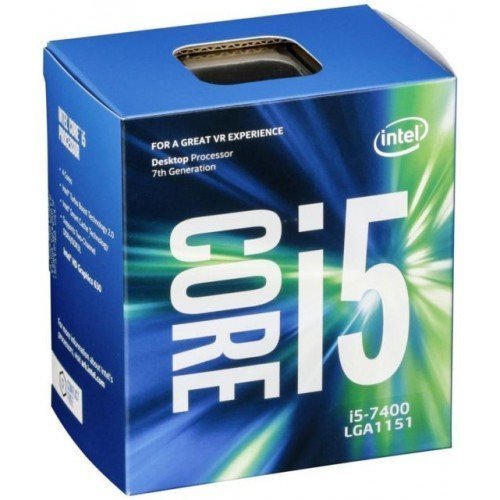
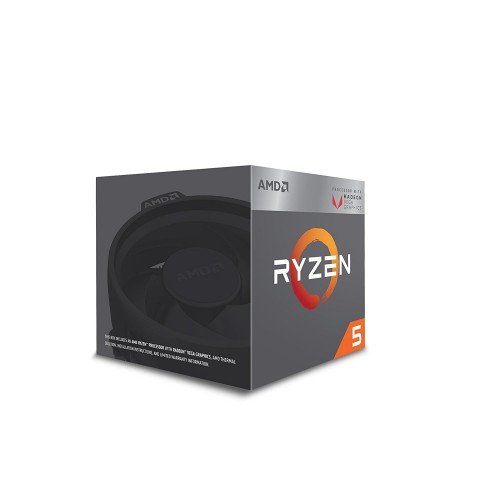
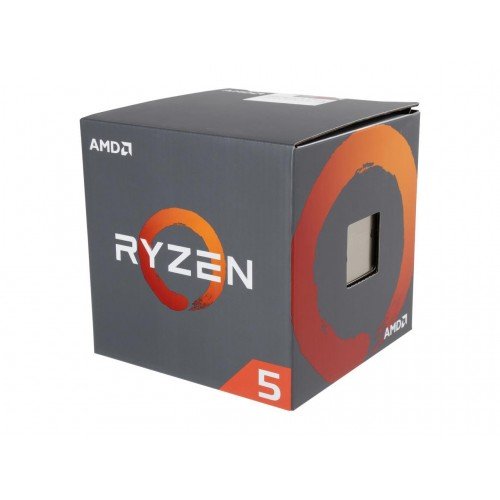
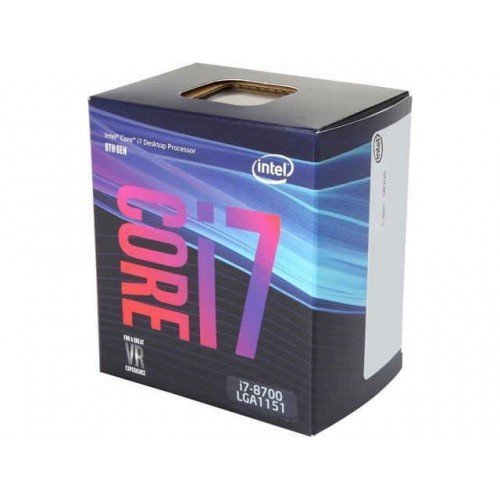
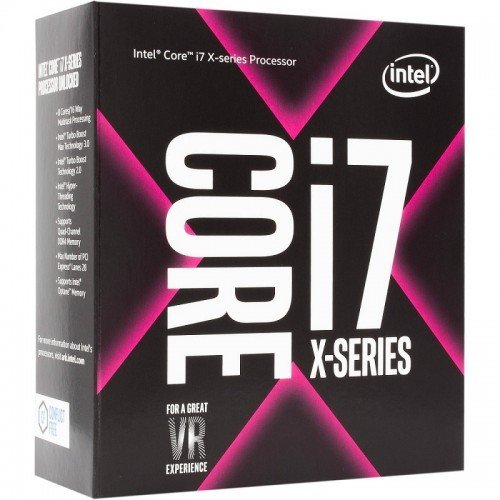
Reviews
There are no reviews yet.